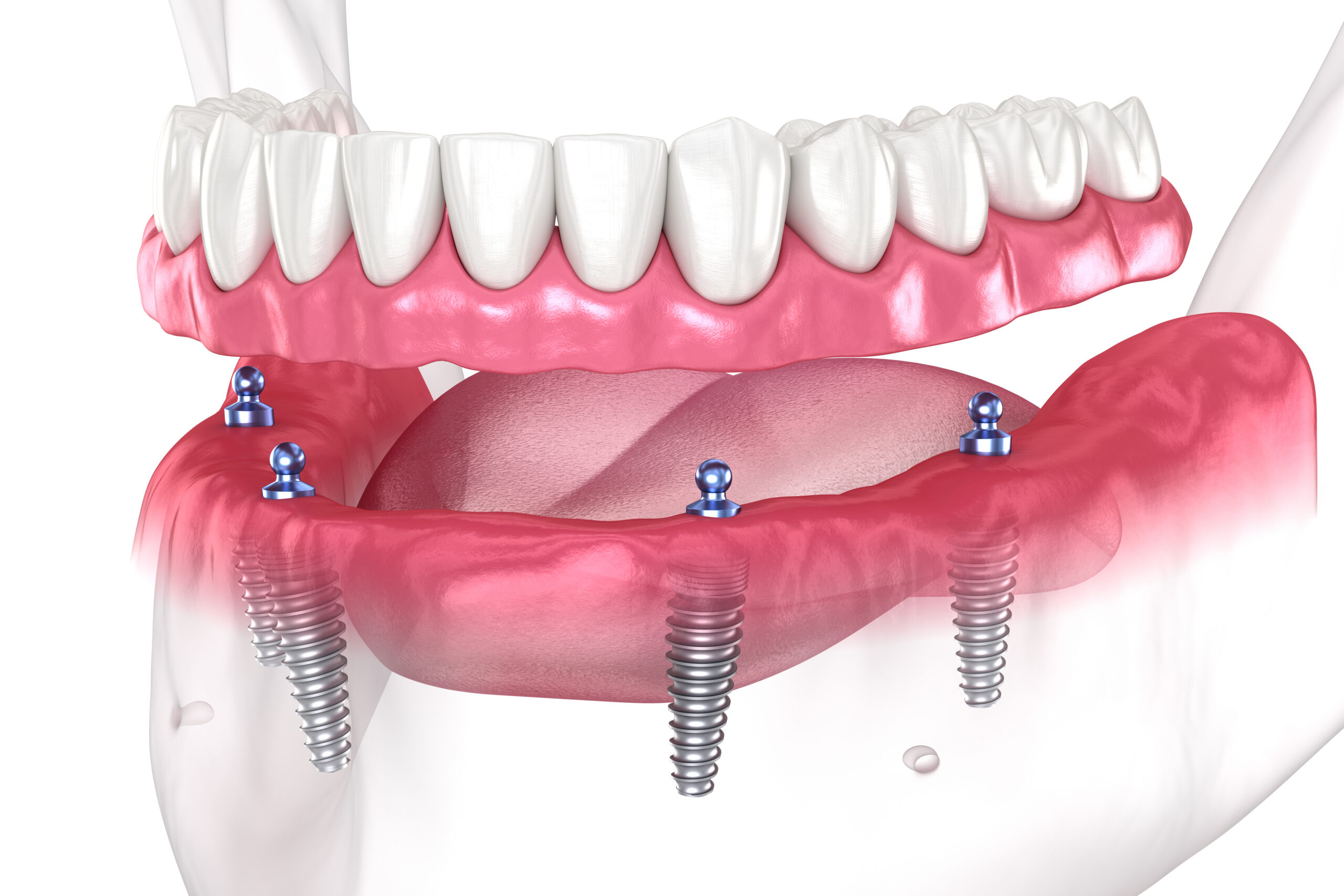Excitement About Dental Sense
Excitement About Dental Sense
Blog Article
Dental Sense for Dummies
Table of ContentsA Biased View of Dental SenseThe 6-Minute Rule for Dental SenseThe Single Strategy To Use For Dental SenseThe Single Strategy To Use For Dental Sense
are clinical devices surgically implanted right into the jaw to recover an individual's ability to eat or their appearance. They give assistance for fabricated (phony) teeth, such as crowns, bridges, or dentures. When a tooth is shed because of injury or illness, a person can experience problems such as rapid bone loss, defective speech, or modifications to chewing patterns that cause pain.Dental implant systems contain an oral implant body and dental implant abutment and might additionally consist of a joint addiction screw. Professional teeth whitening. The dental implant body is operatively placed in the jawbone instead of the tooth's root. The oral implant abutment is generally connected to the implant body by the joint fixation screw and expands via periodontals into the mouth to sustain the connected man-made teeth
(https://www.avitop.com/cs/members/dentalsense1.aspx)Framework of The Oral Implant System selecting oral implants, talk with your dental copyright about the possible advantages and risks, and whether you are a candidate for the treatment. Things to think about: Your general health and wellness is a crucial consider establishing whether you are an excellent prospect for oral implants, how much time it will certainly require to recover, and the length of time the dental implant might stay in location.
Smoking might affect the recovery procedure and decrease the long-lasting success of the implant. The healing procedure for the dental implant body might take a number of months or longer, during which time you commonly have a temporary joint in area of the tooth. the oral implant treatment: Carefully comply with the dental health instructions provided to you by your dental company.
Dental Sense - The Facts
Implant failure can result in the requirement for another procedure to take care of or change the implant system. Recovers the capability to eat Restores cosmetic look Helps keep the jawbone from shrinking because of bone loss Preserves the health and wellness of the bordering bone and periodontals Assists keep adjacent (neighboring) teeth stable Boosts quality of life Damages to bordering all-natural teeth during dental implant placement Injury to the surrounding cells during surgery, such as sinus opening Injury during surgical treatment (as an example, fracture of surrounding jawbone) Inadequate feature, such as feeling like the teeth do not bite with each other typically A sensation that the tooth is loose or turning in position resulting from an abutment screw loosening Implant body failing (looseness of the dental implant body) due to systemic infection, which may be a lot more most likely in clients with unchecked diabetes due to regional infection in bone and periodontals sustaining the dental implant body because of postponed recovery, which may be most likely in individuals that smoke Trouble cleaning up the gum tissues around the implant, resulting in inadequate dental hygiene Unattended gum condition Post-surgical numbness as a result of nerve impingement or damages Constantly alert healthcare companies and imaging service technicians that you have dental implants before any magnetic vibration imaging (MRI) or x-ray treatments.
FDA is not familiar with any kind of unfavorable events reported for MRI or x-ray treatments with oral implants. Dental implants systems are commonly constructed from products that comply with international agreement requirements of the International Organization for Standardization (ISO) or ASTM International. These standards have details of what makes a safe material.

An oral implant is a framework that replaces a missing out on tooth. With screw-like tools, the specialist inserts an implant into the jawbone, and it serves as a support for a fabricated tooth, called a crown. A tool called an abutment attaches the synthetic tooth to the oral implant. The crown is custom-made to fit the person's mouth and match the color of their teeth.
Facts About Dental Sense Uncovered
Some people are not eligible for dental implant surgery. It is for dental surgeons to run on individuals with: acute illnessuncontrollable metabolic diseasebone or soft tissue disease or infectionIf these issues are settled, a person can have the surgery. In, oral surgeons refrain from operating on people with: If people with any of the above undertake dental implant surgical treatment, there is a greater danger of the implant stopping working.

Dental implant surgical treatment is a customized procedure. Provide you time to recover. Connect the blog post and last crown, browse this site bridge or denture.
Next, your doctor will meticulously position the dental implant into your jaw. If your dental implant is near the front of your mouth, your dental practitioner will certainly make a momentary tooth for you to put on till you heal.
Dental Sense Can Be Fun For Everyone
Your provider can inform you what to expect in your situation. Throughout the healing phase, your jawbone ought to fuse to the oral implant. This procedure, called osseointegration, is crucial for stability and long-term success. This procedure can take anywhere from 3 to nine months. Sometimes, it might take longer.
Once your dental implant heals, your dental expert can attach the abutment (tiny connector article) and your last repair (crown, bridge or denture). This typically takes about one hour to finish and might call for a 2nd minor surgical treatment. You shouldn't really feel any pain throughout your dental implant procedure due to the fact that your supplier will utilize drug to numb your gums.
Report this page